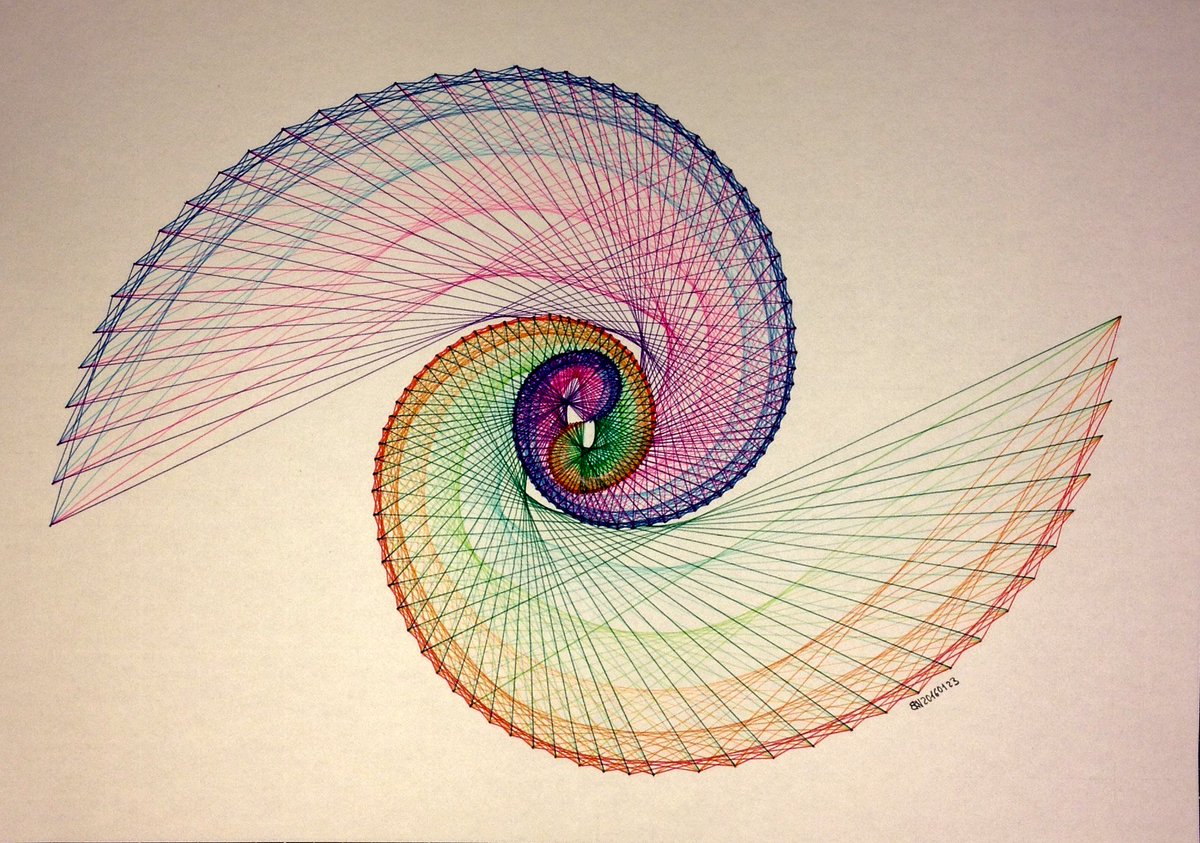

"While I do believe that this is natural," Ditto said, "I fundamentally believe that if one were going to try to communicate by flashing variable stars with a recognizable signal I would use the golden mean as it is so fundamental to our universe and unmistakable-except maybe to a bunch of scientists looking for something else and missing it right in front of their faces."


But stars are capable of producing irrational numbers and fractal patterns on their own, thanks. "To see all this in a star 16,000 light years away struck me as truly a profound glimpse into how the universe is structured, with so many repeating themes, like notes and chord, always repeating but in an infinite number of ways and manifestations."Īs for the aliens, well, it's a nice thought. "Nature connects intimately prime numbers, golden ratio and vibonacci sequences," Ditto explained. It was the discovery of the prime numbers emanating from KIC 5520878 that got Ditto and his team thinking deeply about the two frequencies in the first place, he told me. While they noted then that the pattern was probably artificial ("SETI null"), it may be possible for cleverer extraterrestrial civilizations to use stars as communications beacons by "boosting" them with neutrino beams, offering the needed kick to get the star oscillating. As the authors note, "this observation of fractal pulsing may carry information about aspects of the star's surface, like its changing opacity." Or we might look back to a December study from the same group describing an odd recurrence of prime numbers in the same KIC 5520878 data. (The intuition is like this: take a pizza, probably a square pizza, and there exists a first slice dividing the pizza into two parts such that it's no longer possible to divide the pizza evenly, no matter how small you make the slices.) It's weird.īut, anyhow: patterns tend to mean things. So what? Well … patterns are interesting, particularly the difficult anti-patterns of irrational numbers, which are just real numbers that can't be reduced to a fraction of two whole numbers (integers). Nature connects intimately prime numbers, the golden ratio and Fibonacci sequences. It's simple really: "two of KIC 5520878's characteristic frequencies-with a 4.05- and a 6.41-hour cycle, respectively-had a ratio of 1.58, close to the golden mean, an irrational number," the researchers, led by systems theorist William L. KIC 5520878 actually has two characteristic frequencies (for reasons so-far unknown), and it's in the relationship between the two that we find our fractals. So: in this way, a star can have a characteristic frequency. Even relatively "normal" stars might expand and contract like molten hydrogen hearts as outward bursts of radiation seek balance with inward gravitational attraction. Some pulsars spin around every few milliseconds, like cosmic strobo-lighthouses, while asymmetric binary star systems often have their own characteristic wobble. As giant nuclear furnaces they're subject to all sorts of different influences, some known and others not so much. Ours does, yes, but that's hardly the rule. Stars often don't shine at a constant rate.


 0 kommentar(er)
0 kommentar(er)
